To Own or To Do is the photographer’s version of Erich Fromm’s dilemma posed in his famous essay, ‘To Have or to Be’. I don’t have the authority to talk about a complex topic such as the relationship between individual frustration or lack of accomplishment and compensatory or self-delusional behaviour. I would rather like to focus on how putting gear ownership over gear use affects the ability to take meaningful shots.
Like many fellow photographers, I have been affected by the Gear Acquisition Syndrome, which in my case has manifested itself not in a quest for a —whatever it means — ‘perfect image’ but rather a ‘prepper’ mentality. In other words, I stockpiled cameras, lenses, adapters, filters and so on in the hope of not having to complain about a lack of equipment should a specific need arise. This attitude may prima facie make sense: the more your arsenal is full of different gear, the more you can handle whatever comes your way. There are, however, some practical constraints that challenge this assumption.
The first one is, simply, the budget. One of the criteria to calculate the fees of an assignment is how much of the money goes to cover the equipments’ cost. It doesn’t take a PhD in math to understand that the higher the gear cost, the more one should work and/or charge for a job. And if the kit is going to change from time to time the photographer is entagled in a loop from which he will never escape. It would be more efficient to spend the money earned on other things, such as learning how to improve your visual style, which can raise your professional level. This leads to the second point.
Another problem with this attitude is how it relates to proficiency. Mastering a tool up to the level where its handling becomes second nature takes time. The more complicated is the hardware, the longer is the learning process. As far as photography is concerned, this issue is particularly relevant to lenses. While, indeed, learning to use the new button and joystick layout of a camera may take a (relatively) short time, this is not the case with lenses and sensors. Sharpness, chroma, distortion and all the usual charcteristics used to judge the performance of a lens are only a fraction – a tiny one, indeed – of the overall knowledge necessary to get the best out of a lens. The aestethics of the results and how to achieve them, by contrast, takes more and more time because only a diuturnal real life use in the most diverse environments and shooting conditions can provide enough feedback to build knowledge from the experience.
Finally, it is worth remembering that it is not necessary to have the ‘best’ equipment to take good pictures – whatever that means. Depending on the nature of the assignment or the industry in which you are working, a tack-sharp photograph is not always a feature that, by itslef, makes it compelling enough to deserve payment. In my photography lectures, I always use three photographs – Tankman, The Falling Soldier and Napalm Girl – as examples where the narrative power of an image has nothing to do with expensive equipment.
Contrary to what one might think, the do-rather-than-own approach is also common among ‘amateurs’, i.e. those lucky photographers, often no less capable than ‘professionals’, who are free to choose when, what and how to take pictures without the pressure of deadlines and pending payments. Indeed, if one has chosen photography as a personal journey, it comes without saying that the his main goal is to take pictures instead of wasting time pixel-peeping an image or comparing this camera to that camera.
Finally, I’d like to make it clear that I see nothing wrong with collecting or trading equipment to learn how it’s made or how it works, even if you don’t use it in the field. Similarly, I think there is nothing wrong with collecting equipment for the sheer pleasure of owning it without knowing how to use it.
Of course, as long as you don’t break the bank.
Share this post:
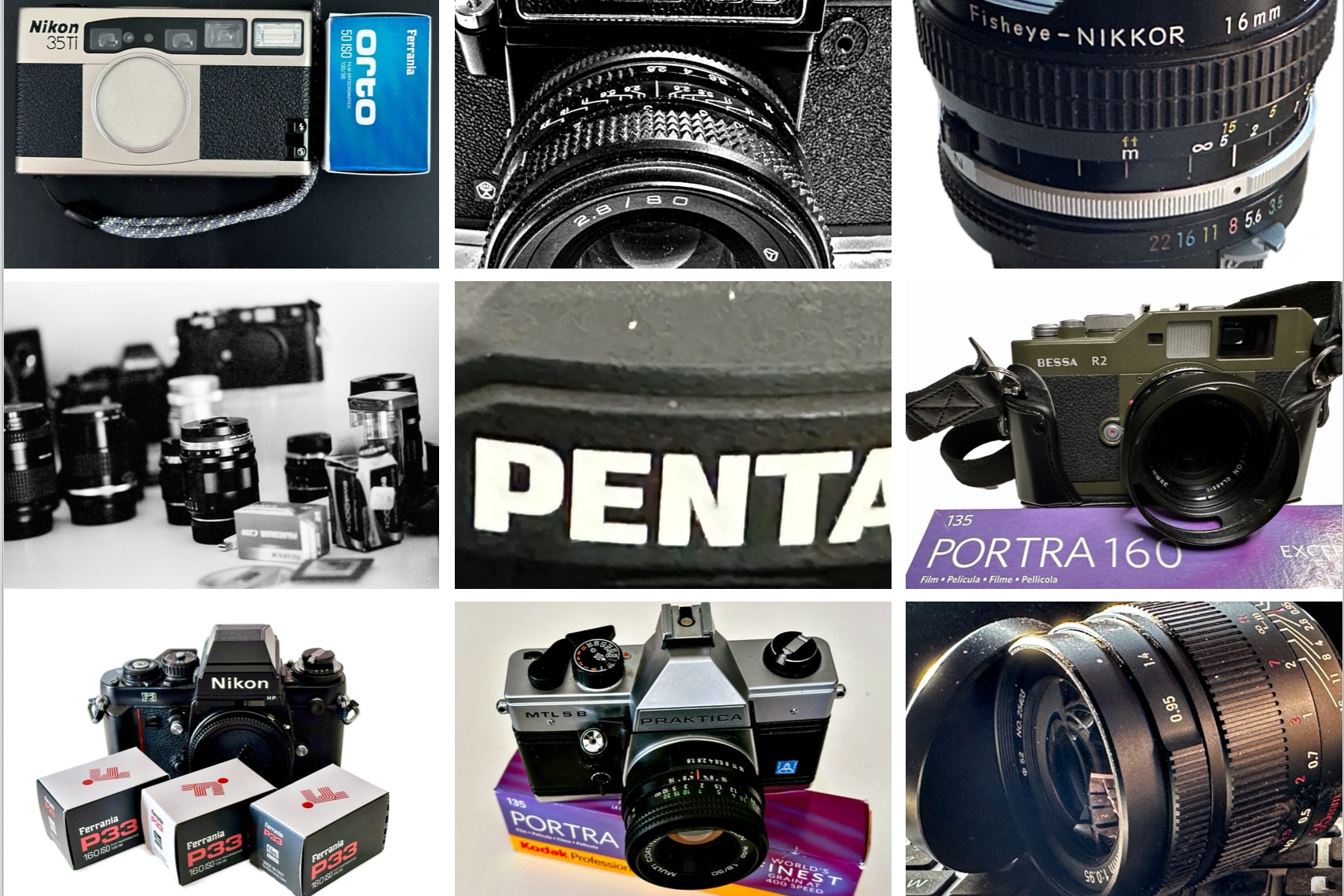
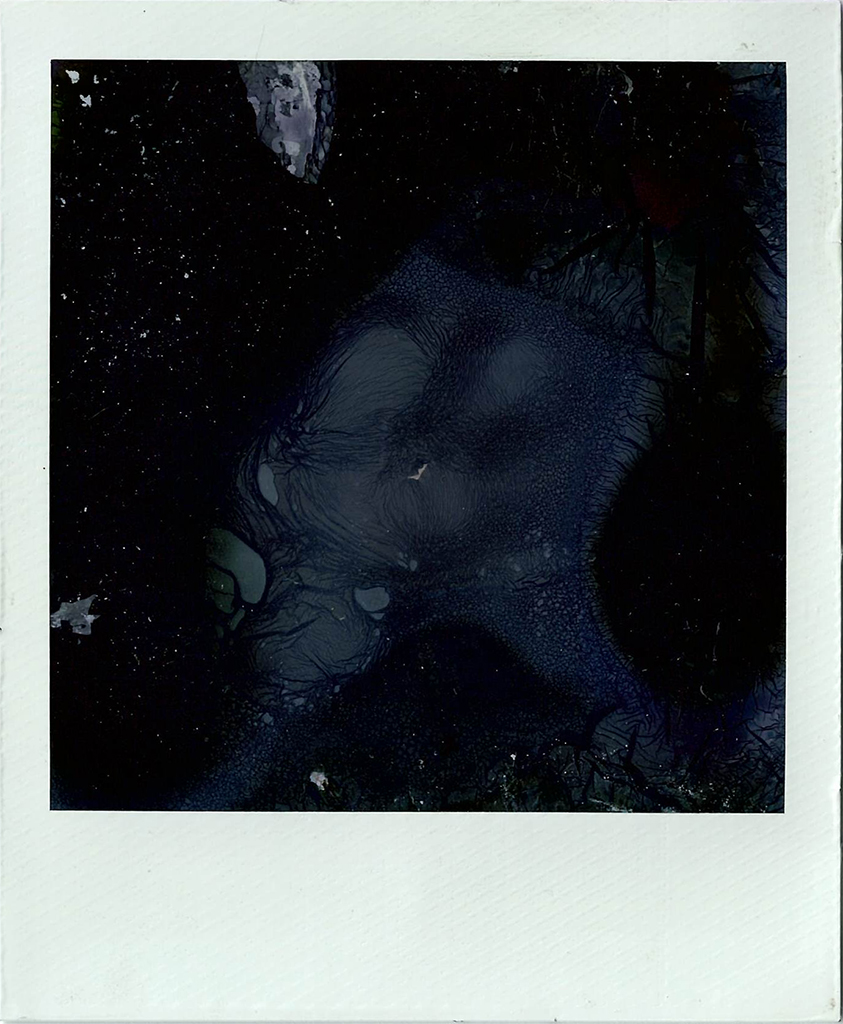

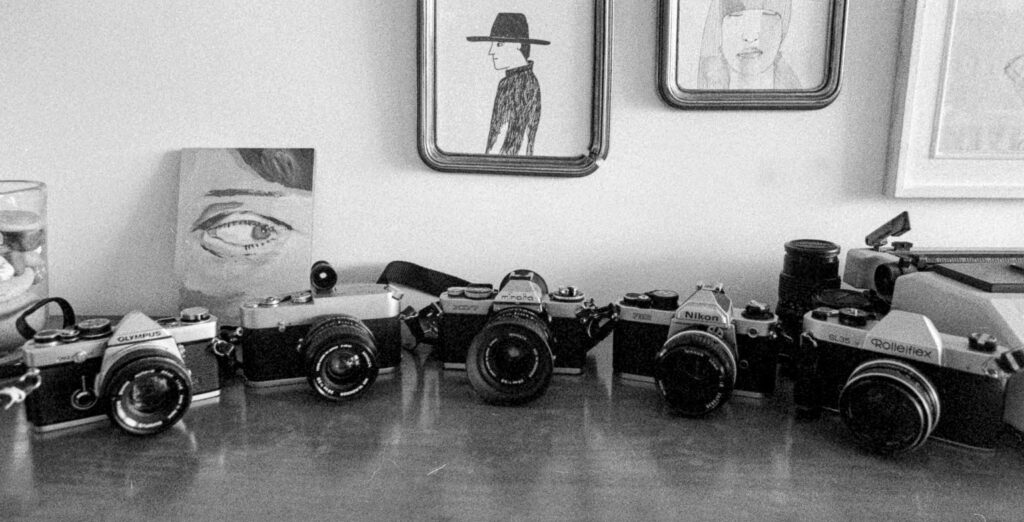
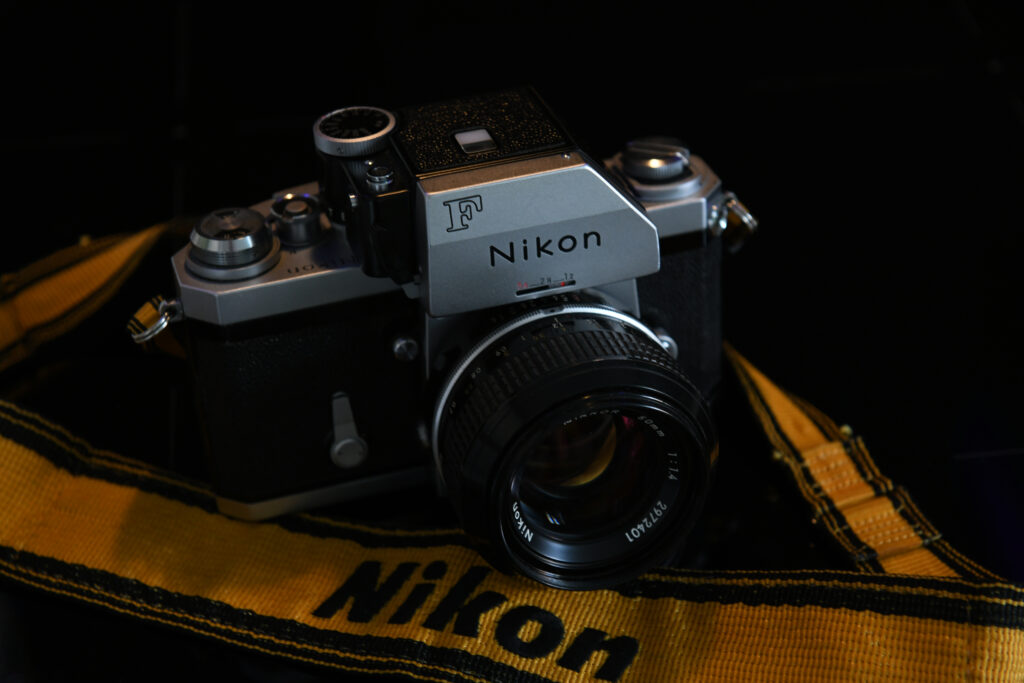
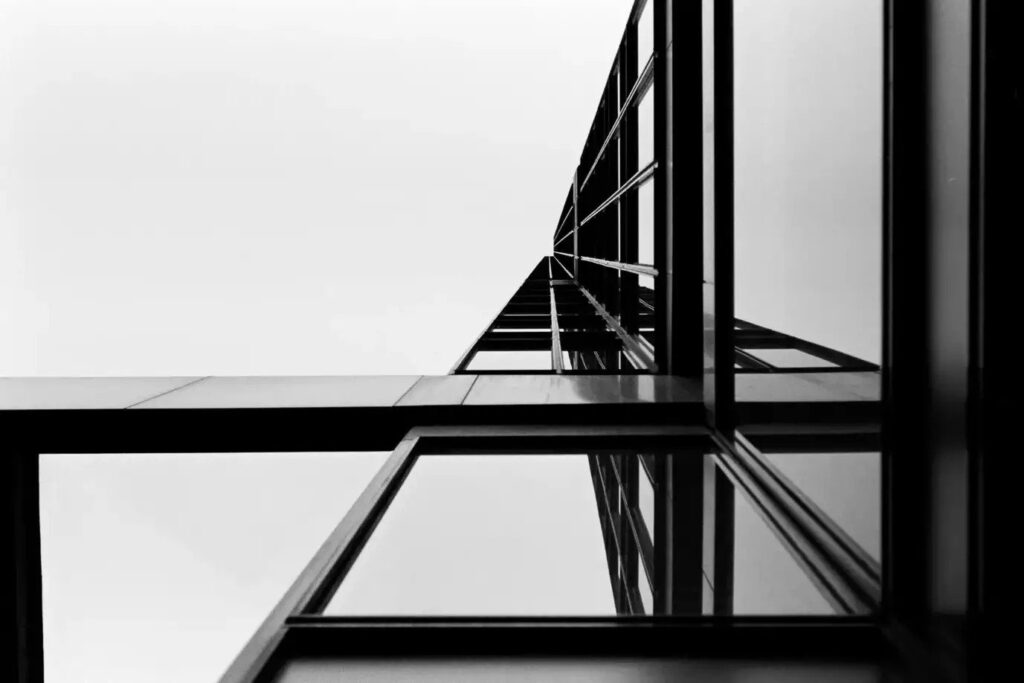
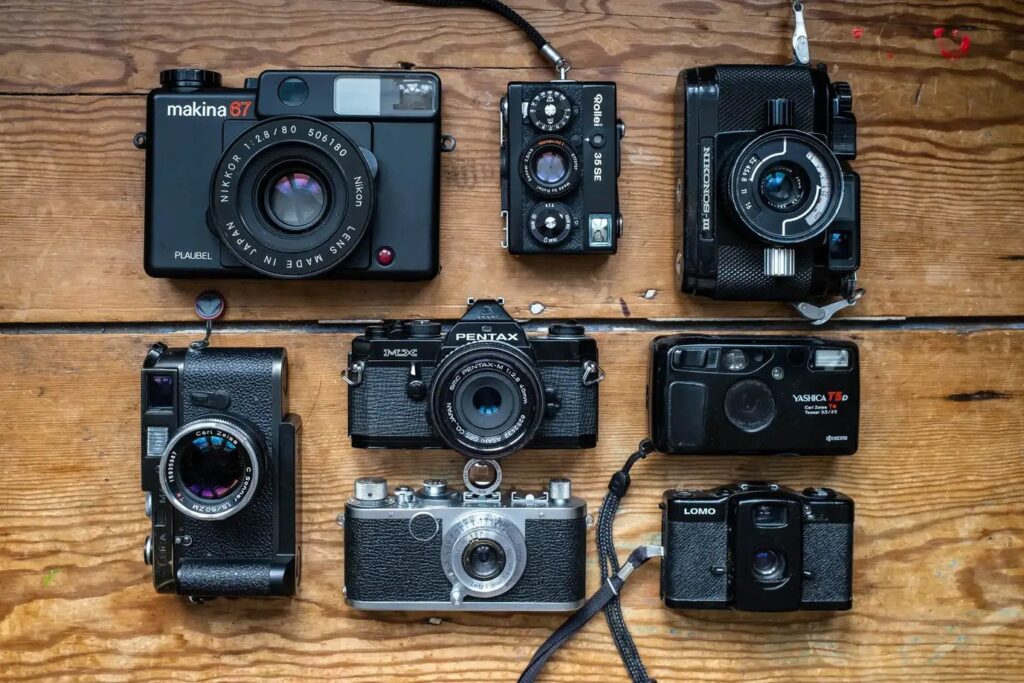
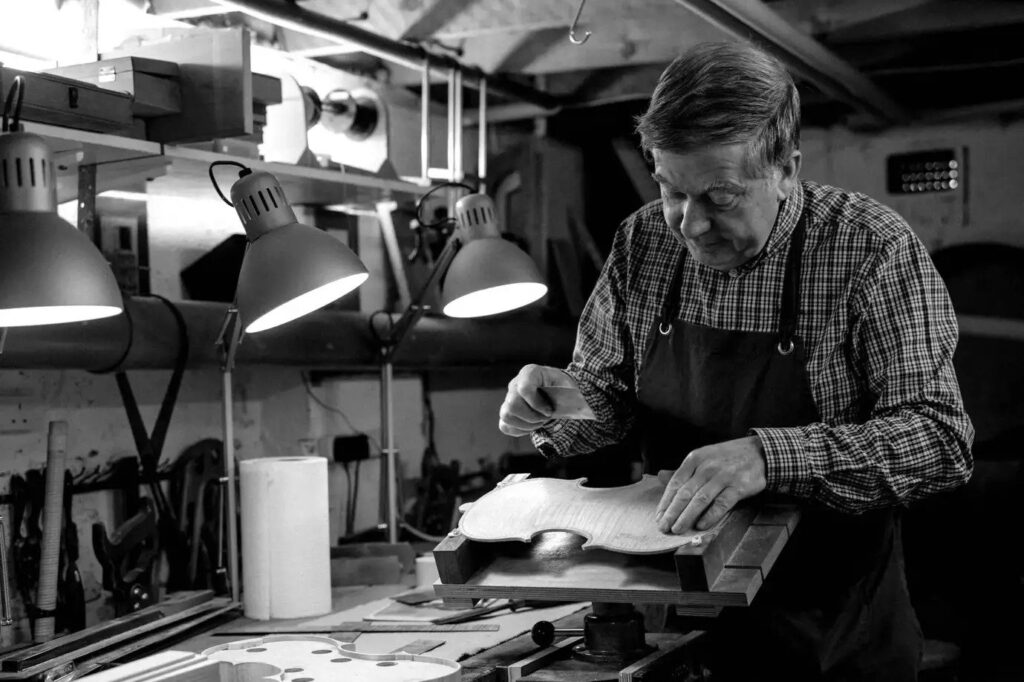
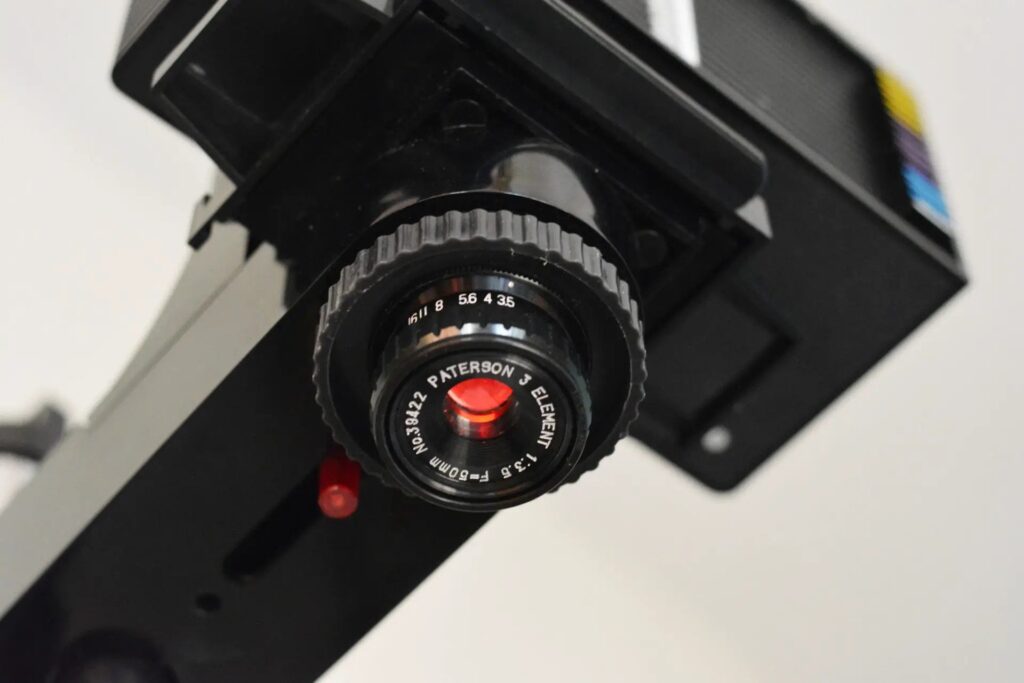
Comments
Art Meripol on To Do or To Own? (or the Photographer’s Dilemma)
Comment posted: 24/02/2025
Greg Hammond on To Do or To Own? (or the Photographer’s Dilemma)
Comment posted: 24/02/2025
Tim Bradshaw on To Do or To Own? (or the Photographer’s Dilemma)
Comment posted: 24/02/2025
But that camera hasn't been made since the late 1980s, and they do sometimes need attention. And I do quite a lot of projects where, if my camera breaks, I have to wait a year for the next chance.
Worst of all, being merely very good SLRs (and very good lenses), and given the manifest insanity of the current market in old cameras, these things can still be found for hardly any money, compared with some point and shoot which, for reasons I fail to understand, now commands four-digit prices in £.
So I have altogether too many of them (four, and another related camera with the same lens).
It remains to be seen whether having more backup cameras than Don McCullin ever took to an actual war zone will satisfy the prepper
demon within me.
Gary Smith on To Do or To Own? (or the Photographer’s Dilemma)
Comment posted: 24/02/2025
Thanks for your article Andrea!
Carl Follstad on To Do or To Own? (or the Photographer’s Dilemma)
Comment posted: 24/02/2025
I turned from a shooter to a collector/shooter once someone introduced me to Leica and Hasselblad. My wallet has been traumatized ever since. I enjoyed the read, Andrea, but I am far, far from putting it all in the back of a sedan and driving to a photography school to donate it all. (Maybe those who settle my estate will though ...)
For now, I still enjoy the learning which often leads to acquisition. I still shoot a lot of film and digital and maybe when that slows, I'll cull some of the herd. Until then, I will be warmed during this cold Minnesota winter knowing that I am part of a fellowship of people who share the same interest (obsession) that I do.
All the best.
Leon on To Do or To Own? (or the Photographer’s Dilemma)
Comment posted: 25/02/2025
andy hertig on To Do or To Own? (or the Photographer’s Dilemma)
Comment posted: 25/02/2025
But I really enjoy both, the photography in the cities or wherever we are, as well as the technical aspect; many old cameras work perfectly despite their considerable age; every now and then you find something in mint condition and that just makes you happy again. And if it's broken, a rainy day is the perfect time to take the good piece apart and repair it - the joy afterwards is even greater.
The whole thing is certainly not "sensible", but what the heck, there are certainly worse ways to spend your free time.
Best wishes, Andy
some examples on instagram.com/f16.ch
Geoff Chaplin on To Do or To Own? (or the Photographer’s Dilemma)
Comment posted: 25/02/2025
Your comments though are spot on, as always. Oddly, free off any commercial pressure when I take astrophotography I use the best equipment but I rent it - easier to do with a 200,000$\€ telescope than a 2000$\€ lens. Over our lives we only really 'rent' anything unless we use it to destruction.
Stuart Jenkins on To Do or To Own? (or the Photographer’s Dilemma)
Comment posted: 25/02/2025
Paul Quellin on To Do or To Own? (or the Photographer’s Dilemma)
Comment posted: 27/02/2025